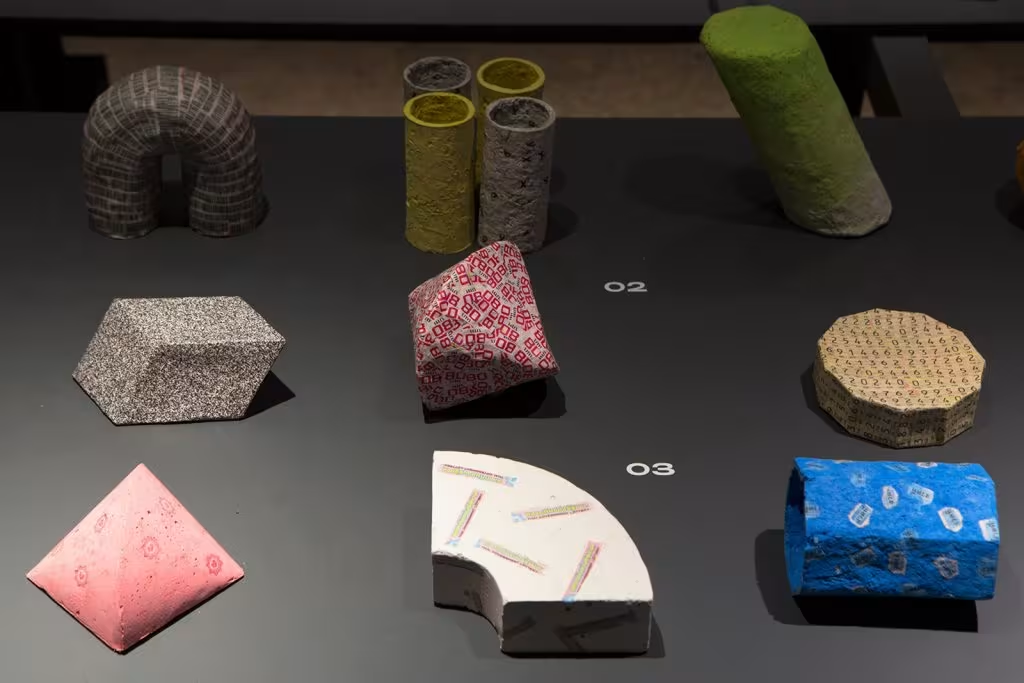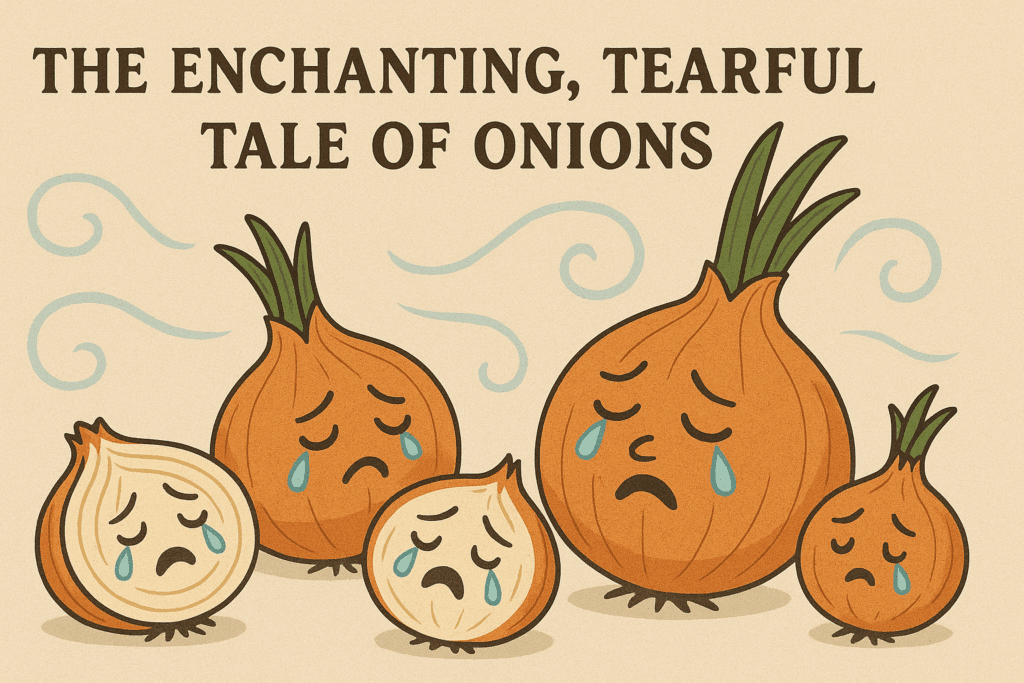Ancient Layers of History
Onions have been with us for a very long time—longer than most vegetables dare to boast. Archaeologists have found traces of onions dating back to 5000 BCE. In ancient Egypt, they were so revered they were buried with pharaohs, believed to symbolize eternity with their concentric rings. Onions were even painted on tomb walls and offered in religious ceremonies. Clearly, they weren’t just salad fodder—they were spiritual superstars.
The Great Eye-Watering Mystery
Fast-forward a few thousand years and onions remain kitchen staples, but they come with one notorious side effect: tears. This happens thanks to a volatile compound called syn-Propanethial-S-oxide. When you slice an onion, it damages its cells, releasing enzymes that create this sulfur-based gas. It wafts up into your eyes, where it mixes with the water there and forms a mild sulfuric acid—cue the sting and the weeping.
Tricks of the Teary Trade
Humans, ever resourceful, have devised countless ways to outwit the onion’s defenses. Some swear by chilling the onion, which slows the release of irritants. Others use goggles, fans, or even cut onions underwater—a method that works but makes you look like a very determined kitchen diver. Chewing bread or lighting a candle nearby are more folk than science, but hey, if it helps you feel braver against the bulb, why not?
Science and the No-Cry Onion
Today, scientists and physicists are getting in on the action, seeking to tame this tearful vegetable. “No-tear” onions have been bred using selective genetics and even laser physics is being explored to identify how to cut onions cleanly without triggering their chemical alarm bells.
So, perhaps in the future, you’ll slice an onion dry-eyed—without sacrificing its flavor or your dignity.


